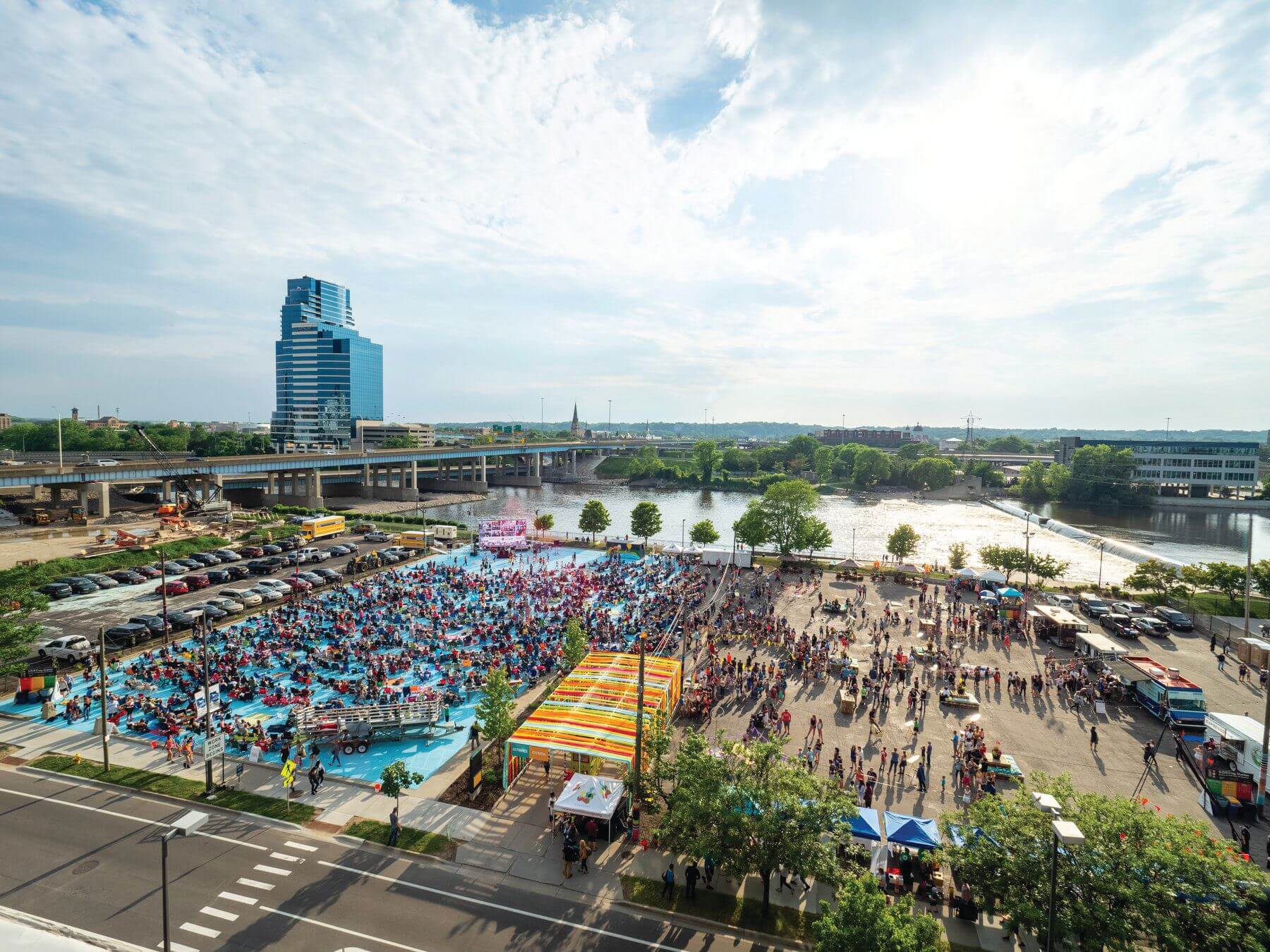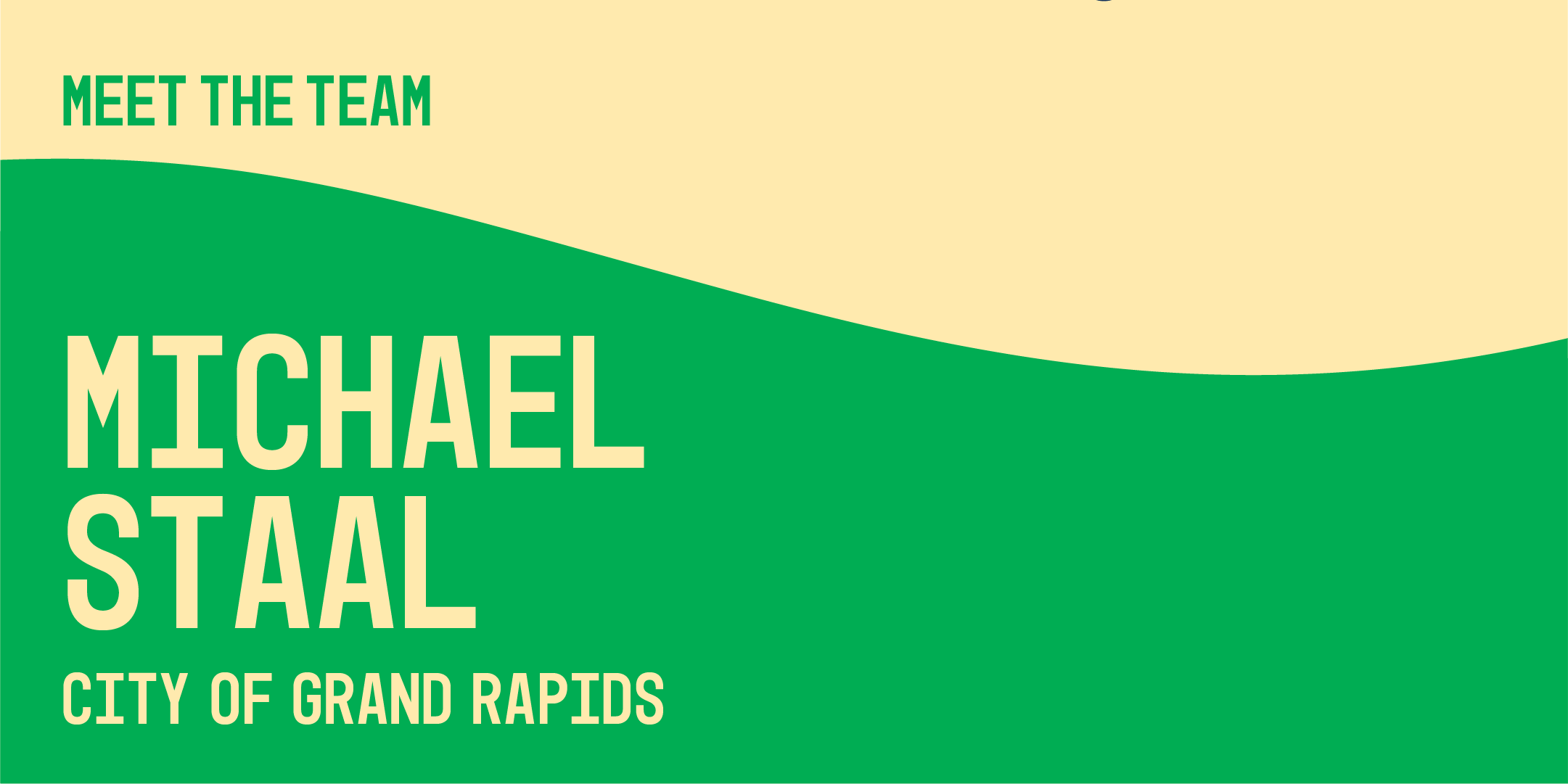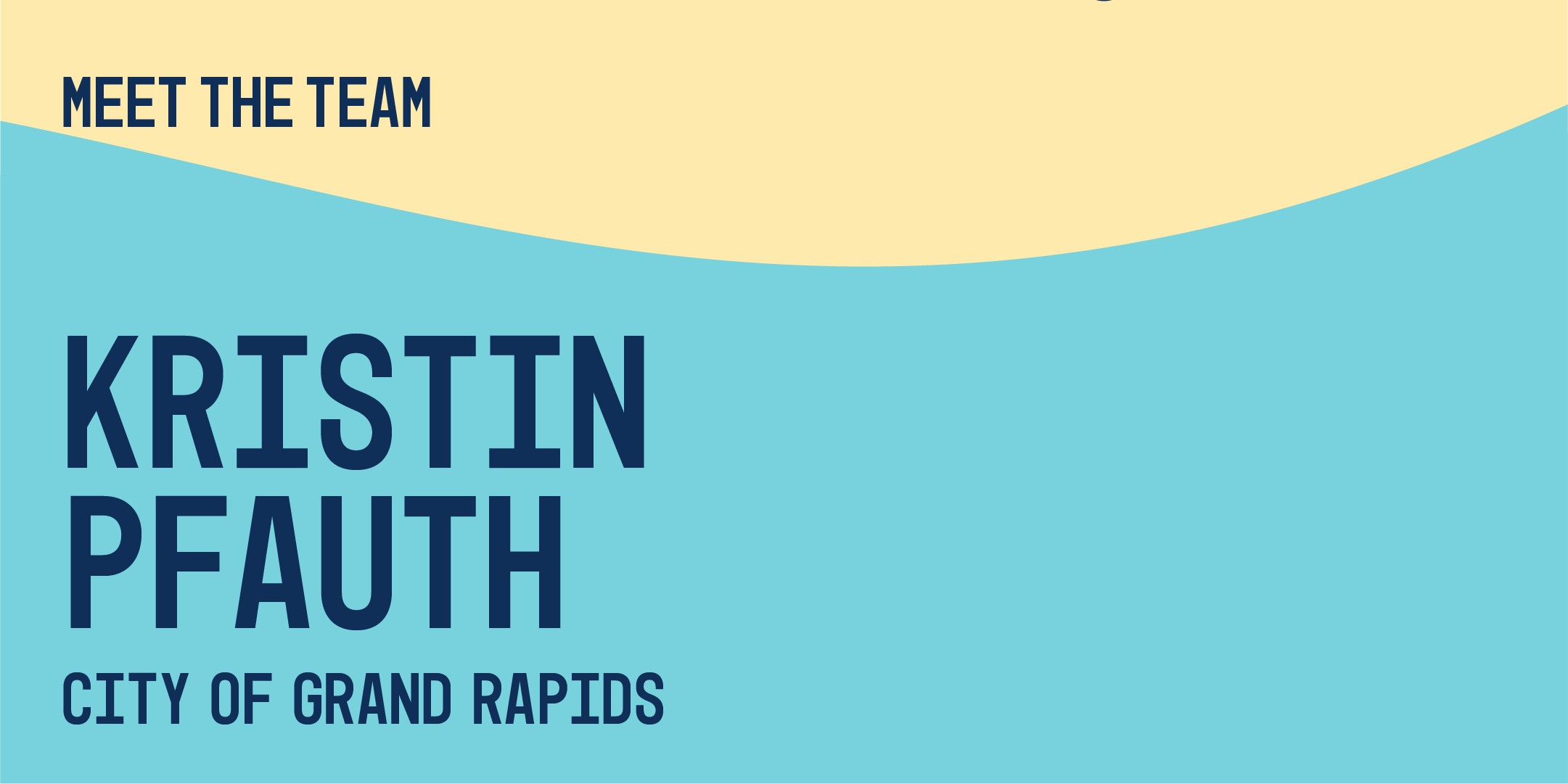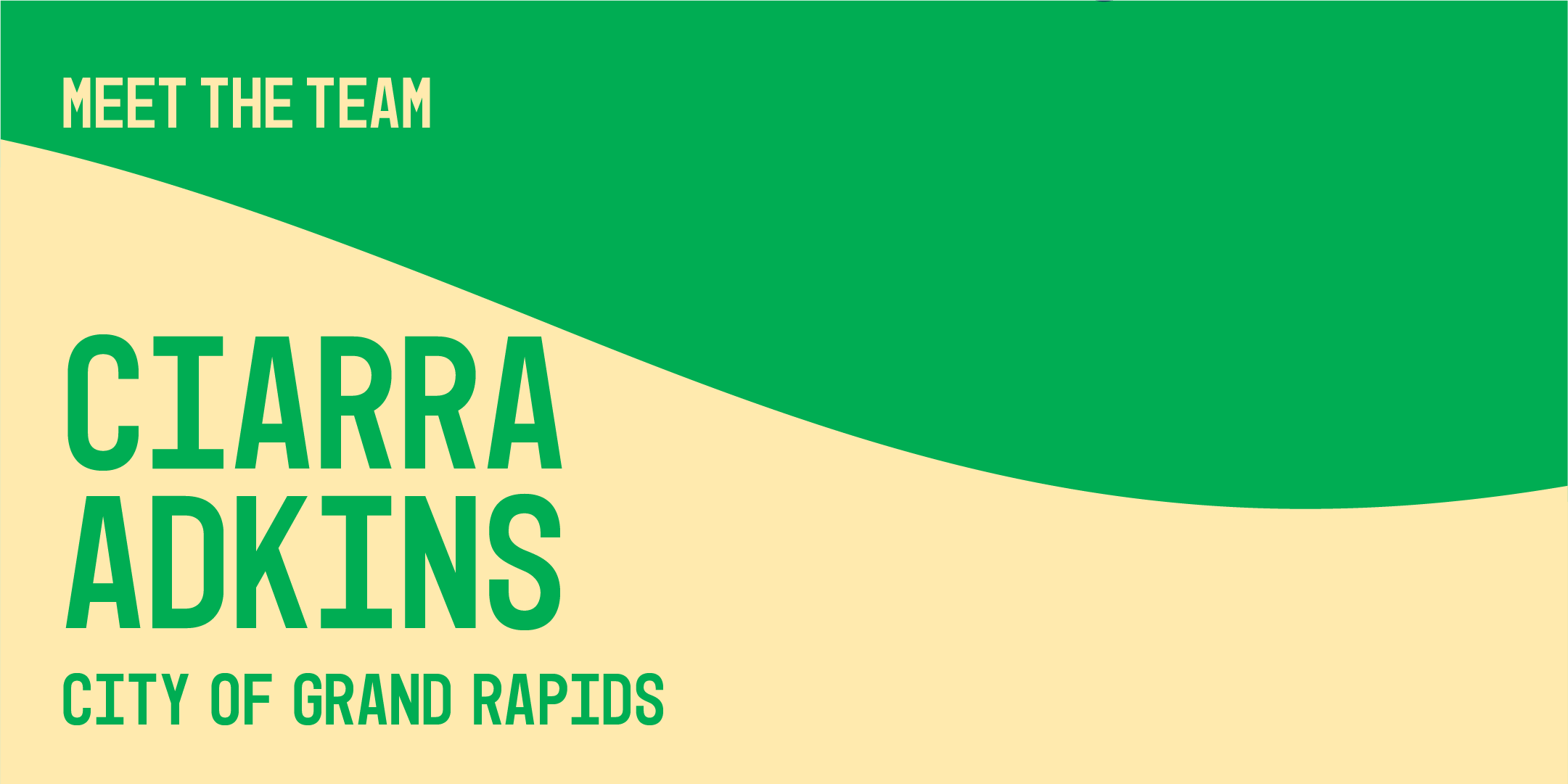In his “I Have a Dream” speech on August 28, 1963, Reverend Martin Luther King, Jr. addressed the question of when civil rights advocates would be satisfied. Dr. King answered, “No, no, we are not satisfied, and we will not be satisfied until justice rolls down like waters and righteousness like a mighty stream.”
What great imagery when thinking about the need to embed equity into the Grand River restoration project. The goal is inclusion for everyone, which can be achieved only by embedding equity into the fabric of the project. It’s not just the “what” and “how” that are important. The “who” matters as well.
The “what” of the project is the removal of unneeded dams and restoration of rock structure to recapture the spirit of the iconic Grand Rapids and make it a “mighty stream.”
The “how” is a design that opens the river to broader recreational use and expands fish habitat while building a more viable lamprey barrier. So often, conversations normally stop at that point. However, this project is intentional about the necessity of going beyond the usual standards.
That’s why we must thoroughly understand the “who.”
Who, indeed?
- Who will determine all the potential uses of the river? Who will govern that use?
- Who will do the construction? Remove the dams? Move the rock back into the river?
- Who will benefit from the shoreline development?
- Who will learn how to fish, boat and swim in the river? Who will teach those individuals?
- Who will wade in the stream to connect with nature, or sense the generations of people who relied upon it for their livelihood?
- Who will catch a walleye for dinner?
- Who will catch a wave for the fun of it?
- Who will quietly contemplate at the end of their day while listening to the sound and feel of water cascading through the rapids?
We know the “who” matters.
Equity, diversity and inclusion within the context of water recreation is about ensuring all people have access to clean, healthy life-sustaining waters. It is about bringing people together — a way for us to connect the pieces of our city that have been historically siloed. This is our opportunity to address recreation and inclusivity. This is a community project, creating an asset that will span generations. It is imperative that the project benefits the whole community and that every step is completed with an eye to equity.
Our work is to determine how we can reduce barriers. Far too often, water recreation is treated as a privilege for a select group of people. The time and cost, learning how to do it safely, being welcomed into recreational spaces and more are all barriers that exclude too many. This project, in the heart of Grand Rapids and within access of many neighborhoods of color, can — and will — ensure that people of color are encouraged to take part in the great outdoors from childhood on. We have a great opportunity to embed equity into the project and bring it to the people. There is no better project to use as a catalyst for change. It will have a monumental and generational impact long after the last construction truck is gone.
In its “Diversity, Equity and Inclusion Statement of Intent,” the River Network declares:
All people have a right to clean and ample water that sustains life. To achieve this right for all communities, it is imperative for the river and watershed community to build a more diverse, equitable and inclusive movement … Biases and disparities disproportionately burden communities of color, indigenous communities and low-income communities with legacies of environmental damage and ongoing harm that limit their access to healthy life-sustaining waters … Just as biodiversity strengthens natural systems, water protection work is made stronger by the contributions, experiences, perspectives, and values of different people and communities.
Through the Equitable Grand River Restoration Initiative, with help from the Kellogg Foundation, the ultimate outcome is to eliminate racialized disparities at the community level through wealth creation for persons of color. The initiative is designed to ensure racial bias doesn’t exclude residents, entrepreneurs and businesses from distressed neighborhoods from equitable access to the jobs, contracts and training that will result from this project.
To achieve these goals, the City seeks to increase its Micro-Local Business Enterprise (MLBE) list. An MLBE Registration Program was recently launched to assist 30 to 40 construction and professional services firms to register with the City to receive more exposure during the bidding and contracting phase. While the construction is atypical, the desire is to ensure all types of firms are able to bid and contract for the work, generating wealth as the massive river project develops. Before it is done, tens of millions of dollars will be spent and more than a decade of time will have passed.
And that’s not all. The river’s restoration will serve as a catalyst for additional equitable development and access opportunities — to trails, park improvements, etc. — as envisioned in the GR Forward community plan and the regional, state and national partners in River for All.
Restoring the Grand River is just the beginning. With great partnerships and continued focus and diligence on equitable opportunity, we believe this project can provide our whole community with improved access to the great outdoors and the Grand River.
Authors:
Ciarra C. Adkins, JD, Equity Analyst at the City of Grand Rapids
Steve Heacock, JD, President & CEO Grand Rapids WhiteWater






